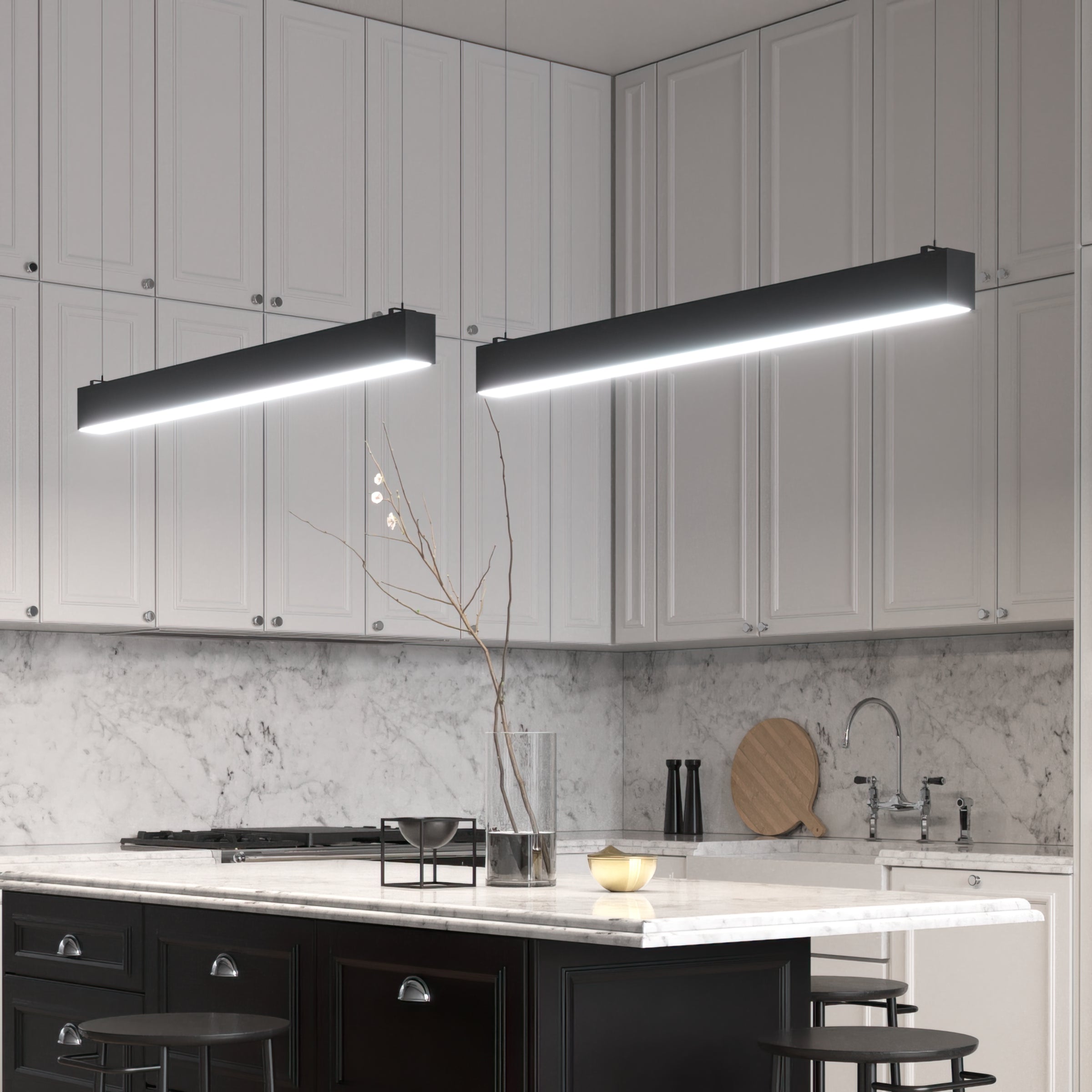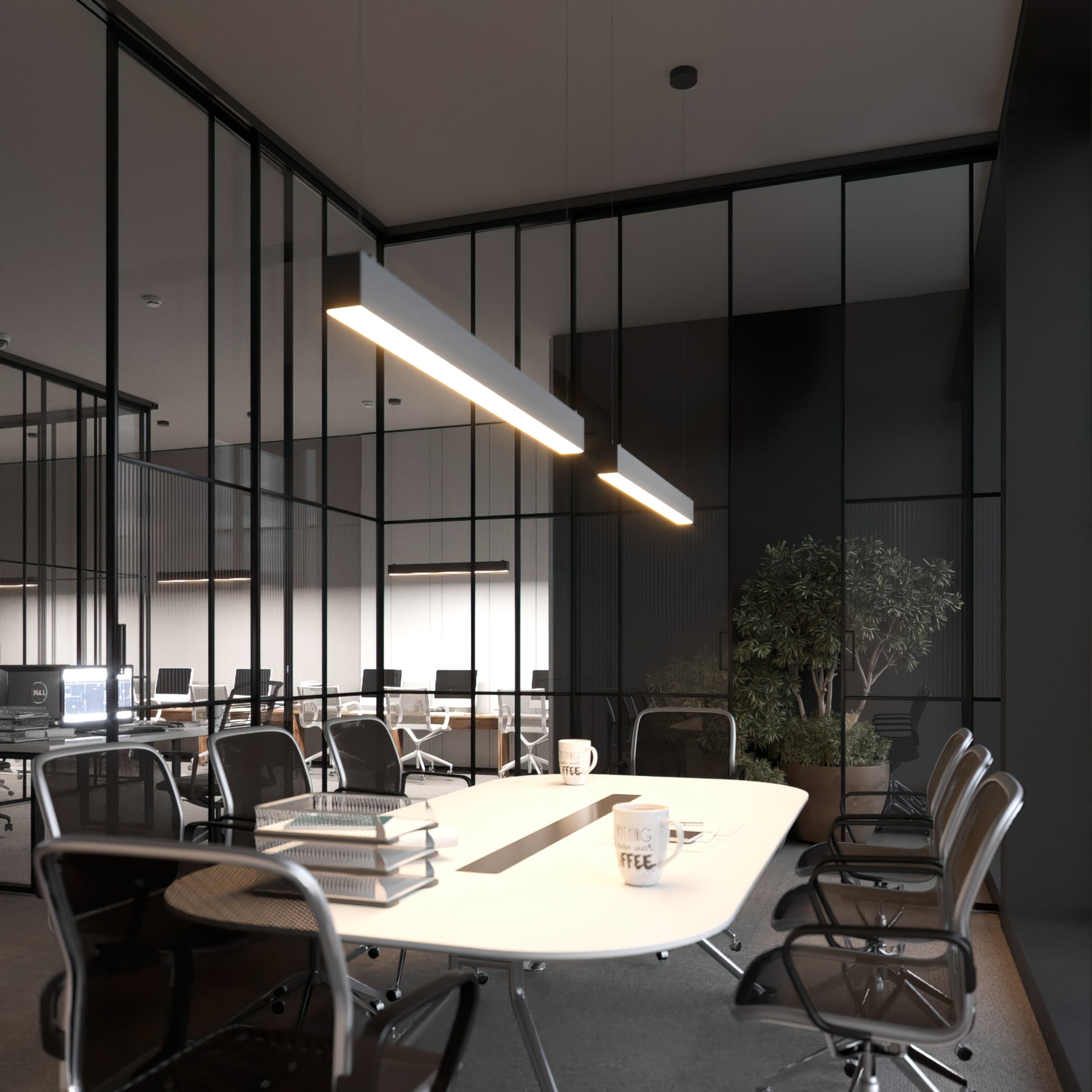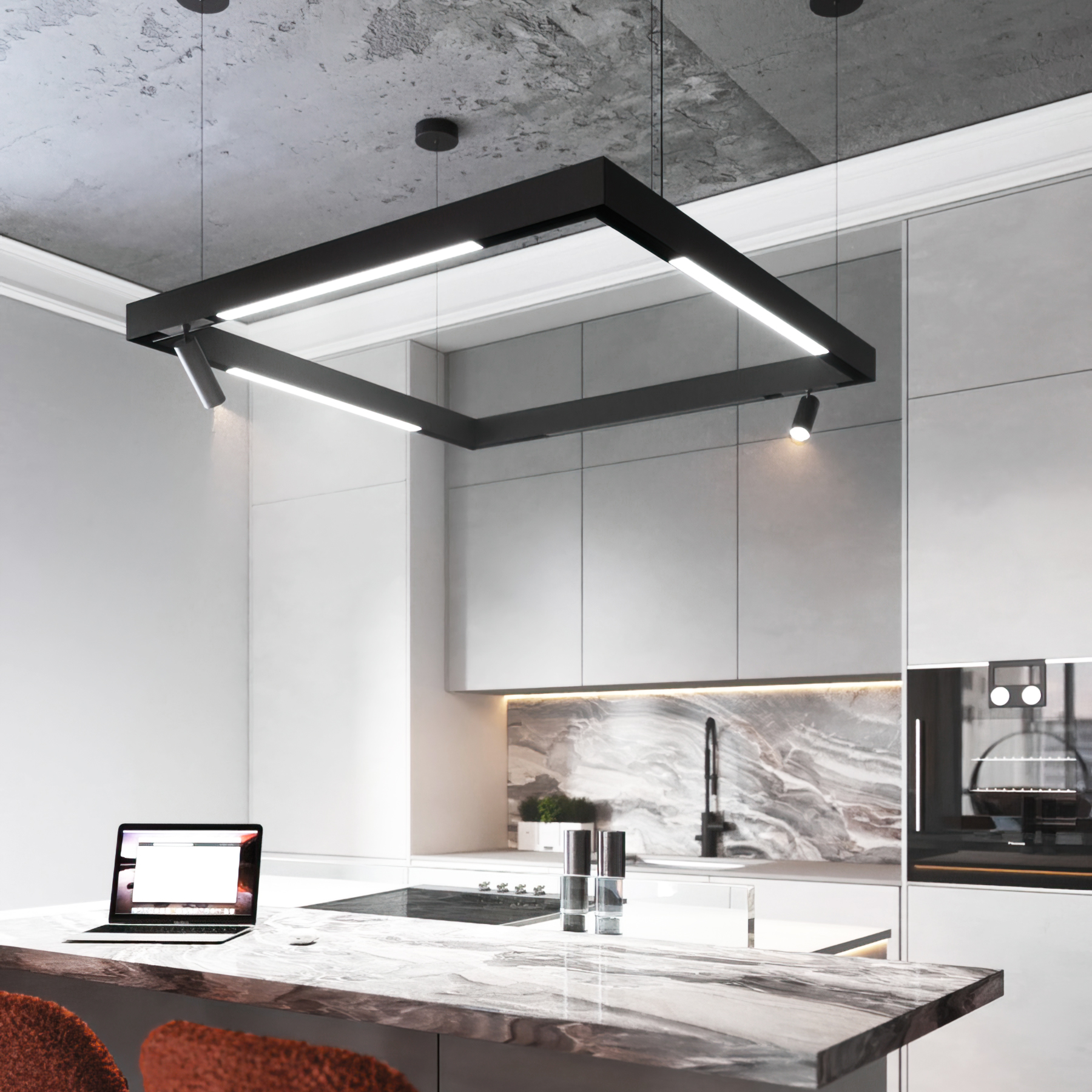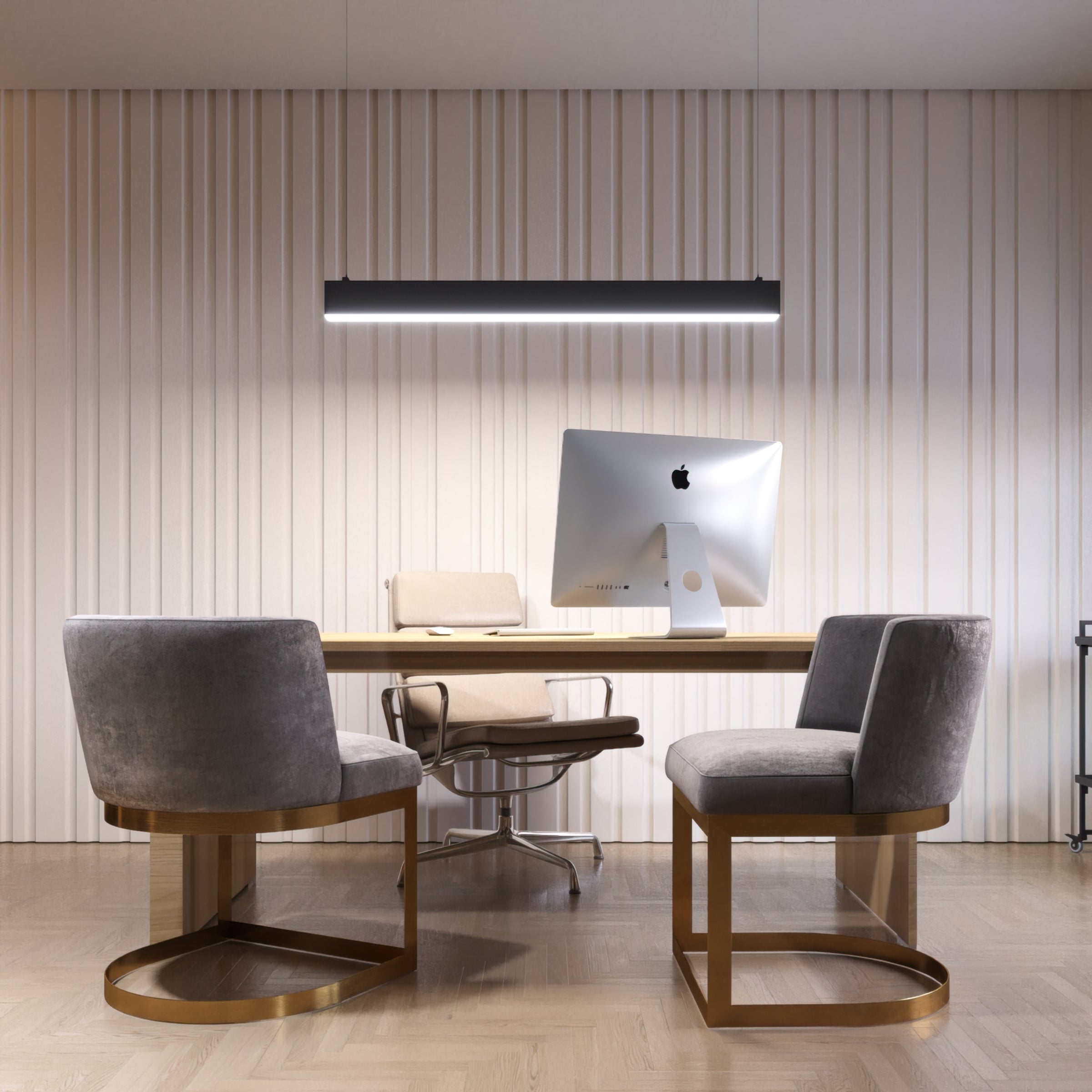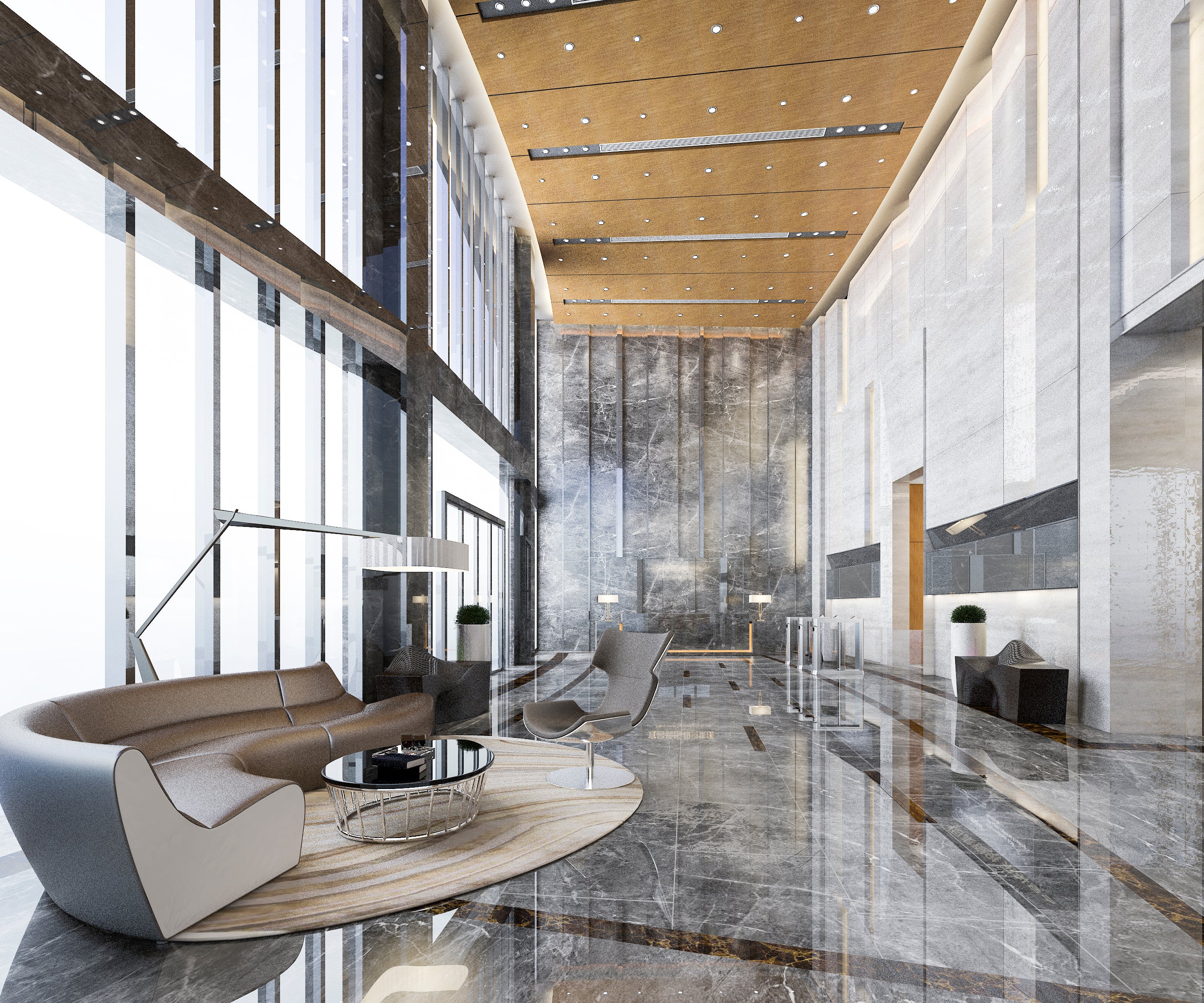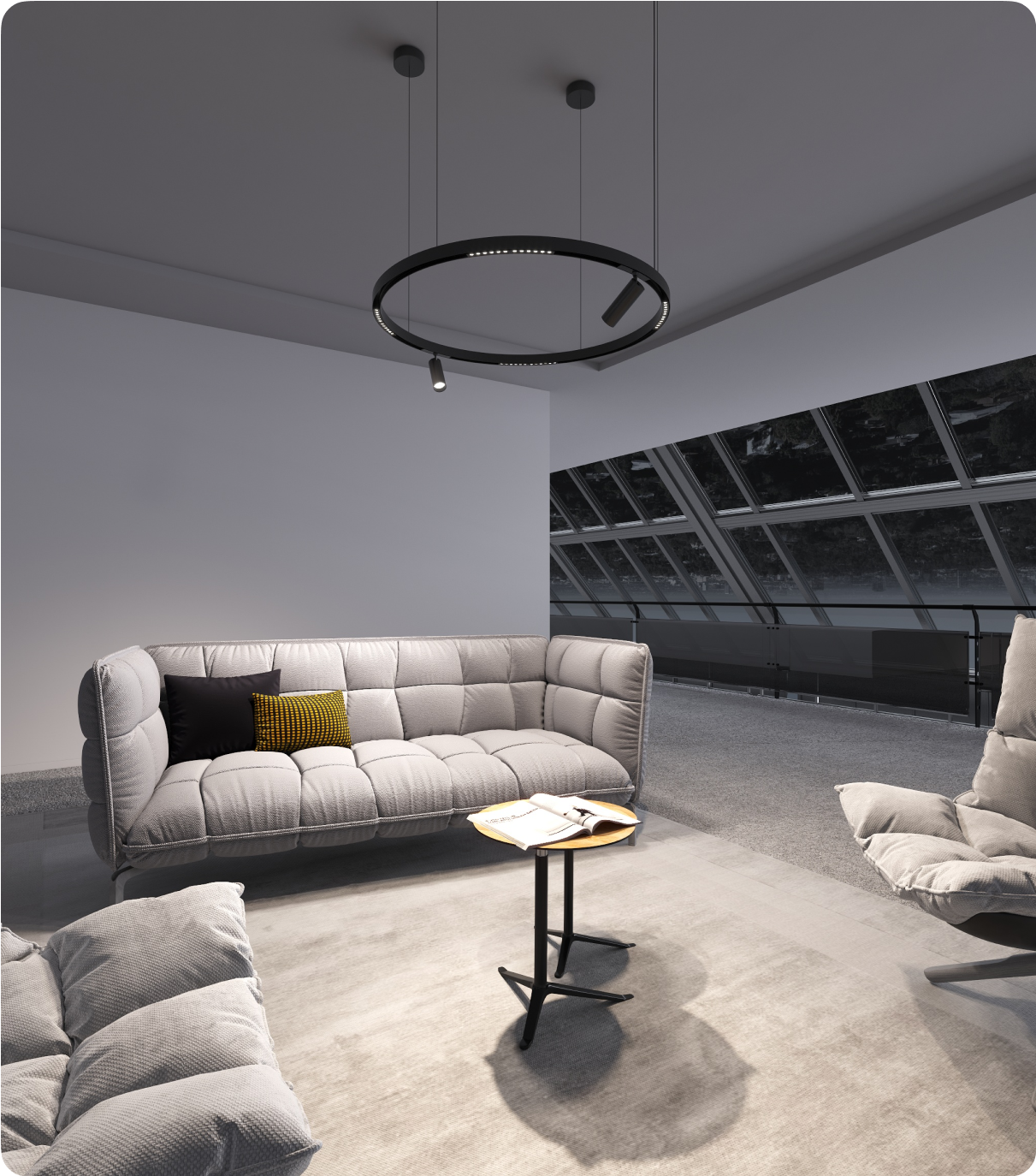Most people love rooms with high ceilings. They are usually breathtaking, offer great spaces to design, allow for abundant natural light and make your room feel more spacious. However, they pose unique challenges, such as the room feeling the overwhelming and lacking focus. To counteract this, you have to change your lighting plan so you can use modern fixtures to draw attention to the features of your room without overloading a person with the sheer scale.
If you have high ceilings in your home or commercial building, you have a real opportunity to accentuate your ceiling to enhance your space and maximize brightness by using light fixtures. In this guide, you will learn how to leverage the power of lighting to address those space issues and turn your nice room into a stunner.
Types of Lighting for High Ceilings
There are different types of lighting, but not all of them have an amazing effect when used for high ceilings. Here are the most suitable light fixtures that can take your interior décor to the next level.
Recessed Lights
Also known as downlights, recessed lights are light fixtures installed directly inside a surface like ceilings and walls for a sleek look that gives you back your ceiling. Depending on how they are used, they can highlight a feature in your room or fill a large space with light, but the result is usually an exotic effect on the space. Another reason they’re a great idea is that they are quite convenient as they do not hang from the ceiling or obstruct window views.

Chandeliers
Chandeliers are particularly great for large rooms with high ceilings for two reasons. One, they consist of several bulbs and reflective features, which provide bright lighting to illuminate your whole space. Two, they are a wonderful addition to any room’s décor and can bring a touch of style. Their intricate design makes them very attractive, and with a chandelier hanging from your high ceiling, you can be sure your space will never look dull.

Pendant Lights
Otherwise known as a drop or suspender, a pendant light is a type of light fixture suspended from the ceiling with only a single light bulb. Pendant lights let you direct illumination to your counter, table, or wherever you need it. There are primarily two types of large pendant lighting for high ceilings:
- Round: These are circular lighting used to improve the ambiance of any room. They’re modern, elegant, and have a charming appearance.

- Linear: This type of pendant light uses light-emitting objects to distribute light over a narrow area. Because of their long narrow housing, they provide a strip of light.

Track Lights
Track lights are a fixture that uses a mounted support track or rail to provide light over a space. They are light bulbs that can slide freely on a track based on the adjustments to the illumination angle. The primary purpose of track lights is to aim the light to where it’s needed.

Spotlights
Spotlights are fixtures that provide focused lighting to your home. They’re used to highlight objects or surfaces in a room and illuminate a desk or working surface.

How to Choose the Best Lighting for Tall Ceilings
If you’re looking to use your tall ceilings to their full advantage, you need to know how to choose the best lighting so your residential or commercial space will be well-lit, inviting, and stylish. We have compiled a list of things to consider when shopping for light fixtures for your high ceiling.

Ceiling Height
Typically, most buildings are made with eight-foot ceilings, but taller ceilings are fast becoming popular. To choose the best lighting, you need to factor in the ceiling height as you don’t want to mount everything and harshly blast light down from the ceiling or only light upwards while the surfaces below are dimly-lit. The rule of thumb is to go for taller fixtures to distribute light in your space effectively.
Size of the Room
The larger a room is, the more powerful pendant lighting for tall ceilings you need to illuminate it adequately. If the room is small, a lighting fixture that holds one bulb will likely get the job done, but if it’s a larger area, you are going to need a fixture with multiple bulbs to provide sufficient illumination.
Style of the Room
It is important that your choice of light fixture matches the style of your room. For example, a modern room requires a modern light fixture; the same applies to a traditional room. Choosing a light fixture that agrees with the style of a room improves its aesthetics and makes it more relaxing.
Functionality
This is where you determine the purpose of the room. What you plan to use in the room provides a clue to the light fixture to use for it. For example, if you want to use the room for reading or some other tasks, a downward-facing light is a great option. But if you want a fixture that provides general illumination, you can opt for upward-facing lights. The functionality will determine the following:
- Wattage refers to the amount of power it takes for a light bulb to produce illumination. The higher the wattage, the brighter the light, but that means the bulb uses more energy.
- Brightness: This refers to the amount of light you are getting from a bulb, i.e., its light output. It is measured in lumens.
- Dimming: This refers to decreasing the output of a lamp or lighting fixture. It means controlling the current or voltage of a light source by reducing its light intensity.
- Color temperature control: Color temperature control refers to the quality of light a bulb emits, especially its color and the atmosphere it helps create. It is measured in Kelvin.
- Build quality: The build quality of a light fixture refers to the materials used in its making and how well made it is. This determines how long it will last. It is vital to choose only light light fixtures for tall ceilings made of quality materials.
Tips
- Use light bulbs that can be dimmed in the daytime when there is an abundance of natural light but when the sun goes into hiding, use your whole light fixtures to revive the daytime splendor.
- Install recessed lights in the ceilings to eliminate dark spots in the room and direct illumination into specific areas where you need it most.
- Use track lighting to direct light to specific areas of your room where you need it.
- Install wall sconces to light up darker areas or far-off corners of the room to create an inviting atmosphere.
- Use cove lighting around the ceiling perimeter to add a flattering layer of more indirect light for a cozy effect.
- Hang a chandelier or pendants to illuminate a space evenly while giving the room a warm and welcoming feel.
- Use a table lamp when you want to study or work at odd hours but don’t want to disturb others in the room.

